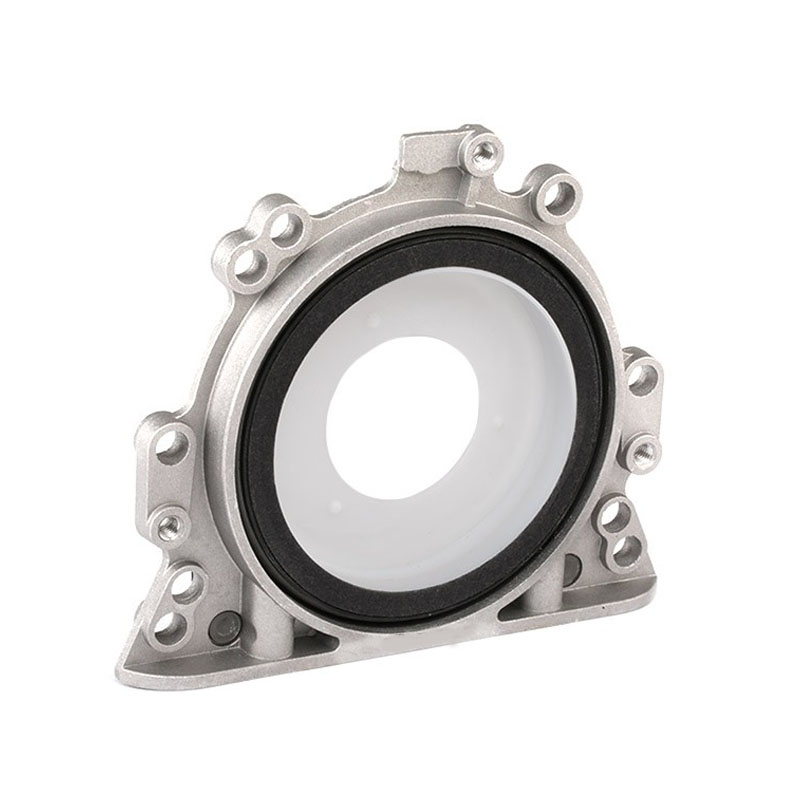Understanding the Role of Oil Wiper Rings in Engine Performance and Efficiency Improvements
Understanding the Oil Wiper Ring Essential Component in Engine Performance
The oil wiper ring, often referred to as an oil control ring, plays a crucial role in the smooth operation of internal combustion engines. Generally positioned in a multi-part piston assembly, this ring is tasked with maintaining optimal oil levels between the piston and the cylinder wall. By understanding its function, design, and significance, we can appreciate the intricate workings of modern engines.
Functionality of the Oil Wiper Ring
The primary function of the oil wiper ring is to ensure that an appropriate amount of lubricating oil is present in the combustion chamber while simultaneously preventing excessive oil consumption and minimization of blow-by gases. When the piston moves up and down within the cylinder, the oil wiper ring scrapes excess oil off the cylinder wall, allowing it to drain back into the oil sump while leaving just the right amount to lubricate the piston.
This balancing act of controlling oil levels has a direct impact on the engine's performance and efficiency. If too much oil is allowed into the combustion chamber, it can lead to a phenomenon known as oil fouling, where combustion is impaired, leading to increased emissions and decreased power. Conversely, insufficient lubrication can result in premature wear of engine components, overheating, and ultimately engine failure.
Design Aspects
Oil wiper rings are designed to withstand extreme conditions, including high temperatures and significant pressure variations. Typically made from durable materials such as cast iron or specialized steel alloys, these rings are engineered to endure the constant friction encountered during operation. Their design includes specific geometries, such as various widths and depths, which directly influence their effectiveness in oil control.
oil wiper ring

Moreover, modern engines often employ innovative designs like multiple-part oil control rings, which include a combination of an oil wiper ring and a spacer. This configuration enhances oil management and contributes to better engine efficiency. Manufacturers continually innovate to improve the materials and designs of oil wiper rings, aiming for reduced friction and enhanced durability.
Importance in Engine Performance
The significance of the oil wiper ring cannot be overstated. It is integral to maintaining the balance of lubricating oil within the engine, which is vital for ensuring proper function and longevity of engine components. Without a well-functioning oil control ring, engines can suffer from diminished performance, characterized by increased oil consumption, lower power output, and more frequent maintenance needs.
In high-performance engines, the precision of the oil wiper ring becomes even more critical. These engines typically operate under more demanding conditions, and thus require efficiently managed oil flow to deliver maximum power. Engineers often analyze and refine oil wiper ring design to suit particular performance requirements, tailoring them specifically for their applications.
Conclusion
In conclusion, the oil wiper ring may seem like a small component within the complex assembly of an engine, but it serves a vital purpose in ensuring optimal performance, efficiency, and longevity. Understanding the function and design of the oil wiper ring provides valuable insights into what goes on beneath the hood. As automotive technology progresses, so too will the design and capabilities of oil wiper rings, which will undoubtedly continue to play a crucial role in the future of engine performance. Maintaining these rings will therefore be an essential aspect of vehicle maintenance, ensuring that engines continue to run smoothly and efficiently for years to come.
-
Understanding Automotive Oil Seals: Essential Components for Engine and Shaft Protection
News Jul.30,2025
-
The Importance of Heavy Duty Seals in Industrial and Residential Applications
News Jul.30,2025
-
Exploring Industrial Oil Seals: From Felt Oil Seals to TTO and CFW Solutions
News Jul.30,2025
-
Essential Guide to Oil Seals: From Radial to Metal-Cased Seals for Industrial Reliability
News Jul.30,2025
-
Choosing the Right Oil Seals and Gaskets for Industrial and Automotive Applications
News Jul.30,2025
-
Cassette Seals: Durable Sealing Solutions for Harsh Environments
News Jul.30,2025
-
Understanding the Front Main Engine Seal: Purpose, Maintenance, and Installation
News Jul.29,2025
Products categories















